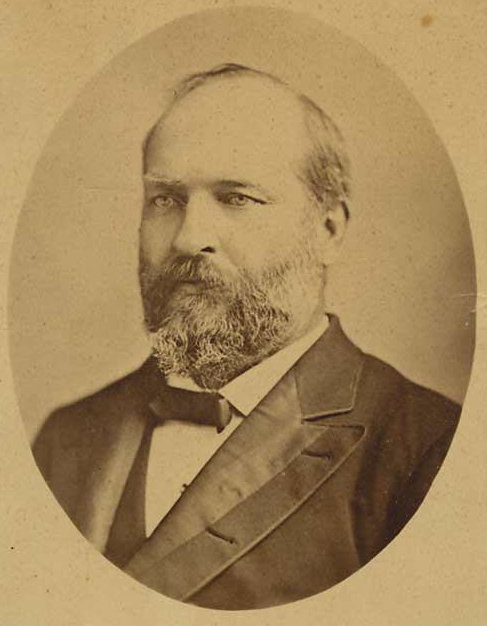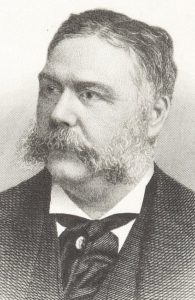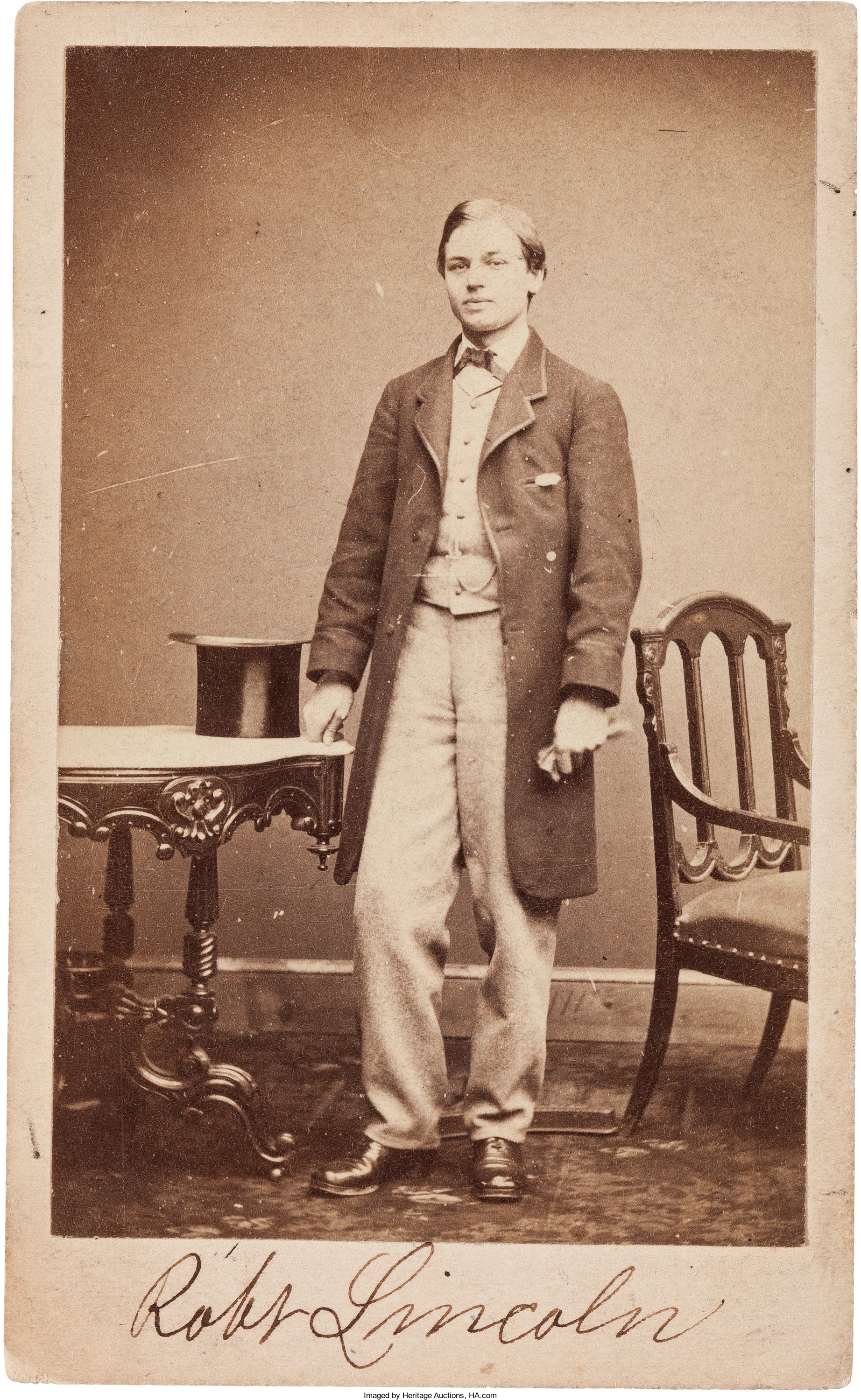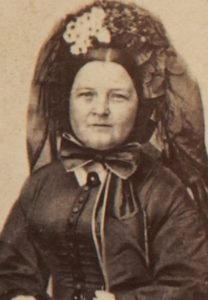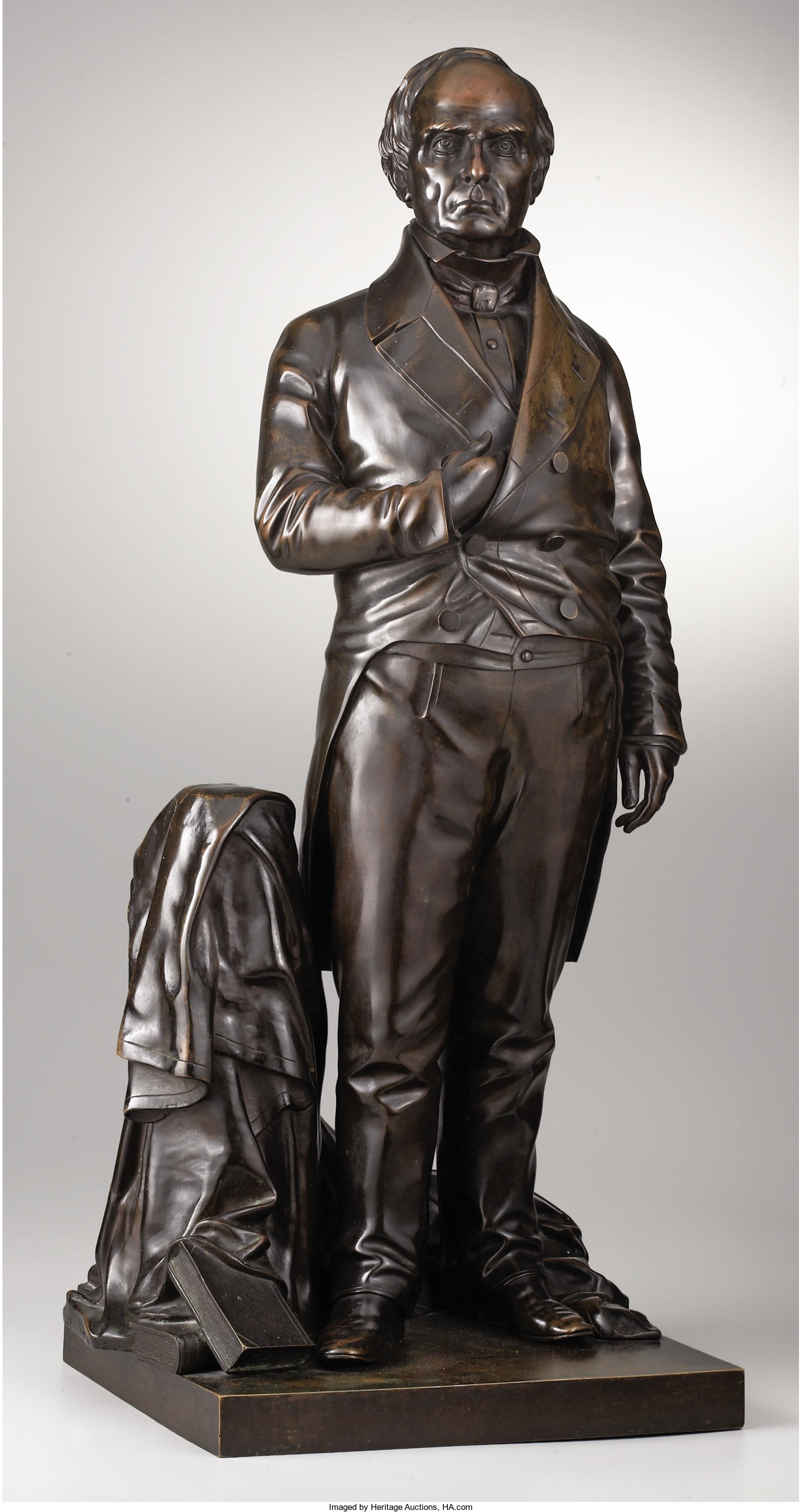
By Jim O’Neal
American poet Stephen Vincent Benét (1898-1943) is perhaps best known for his book-length narrative poem “John Brown’s Body” (1928), about the Civil War abolitionist who raided the armory at Harpers Ferry in 1859. Brown and a group of 20-plus co-conspirators captured several buildings and weapons they hoped to use to start a slave uprising.
U.S. Army Lieutenant Robert E. Lee led a contingent of Marines to quell the insurgency. Brown was captured, tried for treason and hanged. Harpers Ferry was at a busy crossroads, at the confluence of the Potomac and Shenandoah rivers, and was the site of at least eight skirmishes while changing hands several times during the Civil War.
Benét also authored “The Devil and Daniel Webster” (1936), a fictional story about a farmer who sells his soul to the devil (Mr. Scratch) and then refuses to pay up even after receiving a three-year extension on the agreement. Benét has Webster defend him in court due to his prodigious real-life record as a famous lawyer, statesman and orator. There are many other films, books and stories about similar Faustian-type bargains, but the use of Daniel Webster was a brilliant choice due to his superior debating skills and outstanding oratory.
In Benét’s trial, despite overwhelming evidence, the jury finds in favor of Mr. Webster’s client.
In virtually every aspect, the real-life Daniel Webster (1782-1852) was almost a true larger-than-life character, at least in American politics and especially in the formative era between 1812 and the Civil War. He played a critical role in virtually every significant issue confronting the new United States government.
Webster had no equal as an orator, either in those turbulent times or in the 200 years since then. Whether in the Supreme Court (240-plus cases), the U.S. Senate, or out on the political stump, he was simply the finest; a golden-tounged spellbinder. He enthralled audiences three to four hours at a time, always in defense of the Union and the sacred U.S. Constitution.
He generated almost god-like respect and was universally considered to be a cinch to be president; particularly in his own mind. His weakness was aligning with the Whigs and a seemingly improvident inability to manage personal finances (and alcohol, as usual). He was also an elitist at a time when Andrew Jackson’s brand of populism was growing, much like the present. He was often referred to as “Black Dan” because of his political conniving.
He missed a perfect chance to be president by refusing to run as vice president in 1840 with William Henry Harrison, who defeated Martin Van Buren but died 31 days after his inauguration.
1841 was the first “Year of Three Presidents.” It began with the defeated Van Buren, followed by Harrison, and then Vice President John Tyler, who had himself sworn in immediately as president after a brief Constitutional crisis following Harrison’s death.
This phenomenon occurred again in 1881. After Rutherford B. Hayes finished his term, new President James A. Garfield took over. When Garfield succumbed to an assassin’s bullet in September, VP Chester A. Arthur moved into the White House … this time with little controversy.
So Daniel Webster never realized his ambition to become president, but any time there is a discussion about our greatest senators, you may be assured that Daniel Webster will be on everyone’s Top 5, along with Henry Clay and John C. Calhoun … two more who never quite got to wear the Presidential Crown. Sadly, we do not have any actual recordings of these great orators, but it is tantalizing to think of them in today’s contemporary politics and to judge them in this age of new media.
 Intelligent Collector blogger JIM O’NEAL is an avid collector and history buff. He is president and CEO of Frito-Lay International [retired] and earlier served as chairman and CEO of PepsiCo Restaurants International [KFC Pizza Hut and Taco Bell].
Intelligent Collector blogger JIM O’NEAL is an avid collector and history buff. He is president and CEO of Frito-Lay International [retired] and earlier served as chairman and CEO of PepsiCo Restaurants International [KFC Pizza Hut and Taco Bell].

